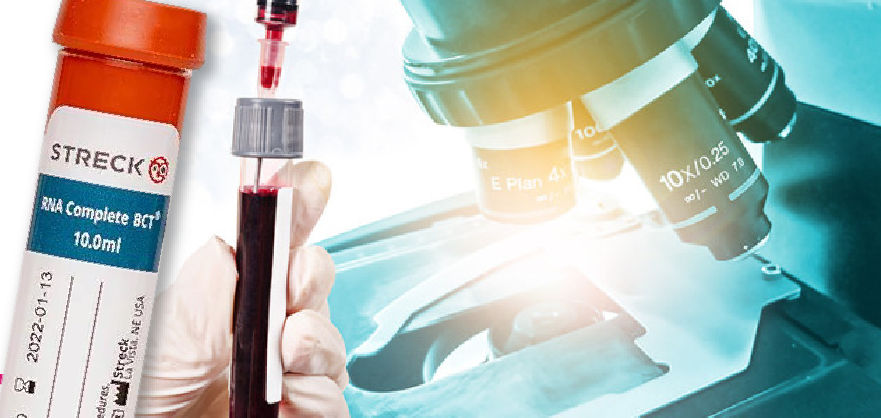14q32 – IGH
IGH rearrangements, (14q32) There are a number of stereotypical translocations involved in IGH (14q32) rearrangements associated with lymphoblastic leukemias. In B-ALL, IGH is most notably involved in rearrangements involving the cMYC oncogene as a result of the t(8;14) translocation. However, less common rearrangements of the IGH gene are most often seen in T-ALL, but can also be found in B-ALL (0.1% of the […]


